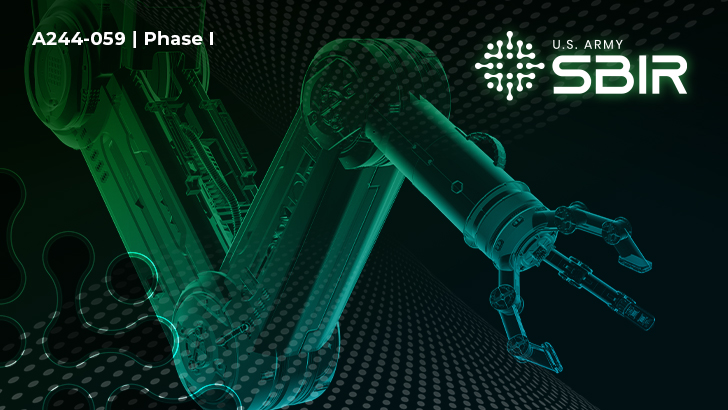

Objective
Develop a domestic pathway to modify and certify collaborative robots as explosion proof.
Description
This topic accepts Phase I proposals submissions for a cost up to $250,000 for a 6–month period of performance.
The energetic industrial base is antiquated, deteriorating, and struggling to meet the DoD’s demand for armaments and ammunition. Collaborative robots are a form of automation equipment built to collaborate safely with human workers in a shared, collaborative workspaces but fail to meet the electrical standards to be present in hazardous locations where flammable vapors, liquids, and dusts are present in concentrated quantities.
The goal of this topic is to develop a method for modifying and certifying collaborative robots for use in energetic environments according to Article 500 of NFPA 70, the National Electric Code.
Phase I
Phase II
Phase III
Submission Information
For more information, and to submit your full proposal package, visit the DSIP Portal.
SBIR|STTR Help Desk: usarmy.sbirsttr@army.mil

References:
Objective
Develop a domestic pathway to modify and certify collaborative robots as explosion proof.
Description
This topic accepts Phase I proposals submissions for a cost up to $250,000 for a 6–month period of performance.
The energetic industrial base is antiquated, deteriorating, and struggling to meet the DoD’s demand for armaments and ammunition. Collaborative robots are a form of automation equipment built to collaborate safely with human workers in a shared, collaborative workspaces but fail to meet the electrical standards to be present in hazardous locations where flammable vapors, liquids, and dusts are present in concentrated quantities.
The goal of this topic is to develop a method for modifying and certifying collaborative robots for use in energetic environments according to Article 500 of NFPA 70, the National Electric Code.
Phase I
Phase II
Phase III
Submission Information
For more information, and to submit your full proposal package, visit the DSIP Portal.
SBIR|STTR Help Desk: usarmy.sbirsttr@army.mil
References:
